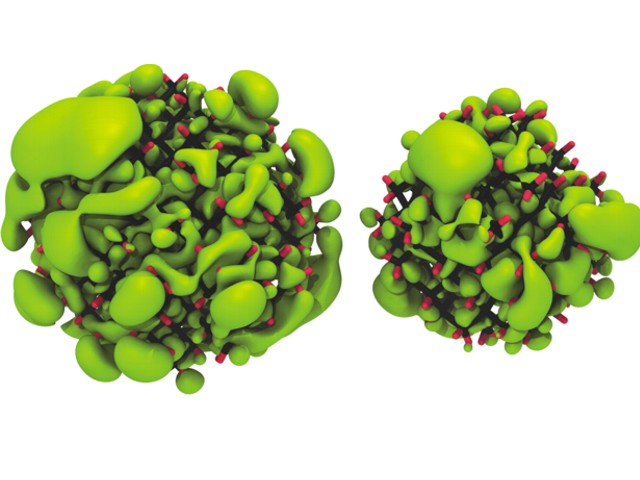Modeling materials for next generation solar cells

As the world population is continuously growing and technological devices are widespread in any field, the need for clean and renewable energies is becoming a big issue. The field of photovoltaics is currently under deep development in order to find suitable materials that can extract from sunlight as much power as possible. As done in many other fields, scientists are looking for solutions to this kind of new technological-motivated problems in the nano-world. The benefits introduced by integrating nano-patterned materials in third-generation solar cells has been recently demonstrated and reported in Science magazine [1] where a peak in the external photocurrent quantum efficiency is recorded. Nanocrystals of lead- or silicon-based materials seem to play a crucial role towards the innovation and fabrication of new photovoltaics materials able to enhance the photoconversion efficiency. In this research work, carried out at the University of Modena and Reggio Emilia and published on Nature Photonics [2], scientists have uncovered the physics of a new effect recently observed experimentally [3-4], that can reduce the energy wasted to heat in the photovoltaic process. This effect can take advantage of the interaction among several nanostructures and is able to increase the number of electron-hole pairs produced per absorbed photon, yielding a much more efficient extraction of energy from the sunlight. The theoretical framework adopted to model matter at the atomistic scale is provided by density functional theory [5] while this effect, very similar to carrier multiplication, was simulated by first principles coding a new parallel algorithm. Numerical simulations of the electronic structure as well as simulations of the carrier multiplication in pairs of silicon nanocrystals were made possible by the use of supercomputers offered by CINECA under the Italian Super-Computing Resource Allocation ISCRA initiative.
[1] Semonin et al. Science 334, 1530 (2011)
[2] Govoni et al. Nature Photonics 6, 672 (2012)
[3] Timmerman et al. Nature Photonics 2, 105 (2008)
[4] Trinh et al. Nature Photonics 6, 316 (2012)
[5] Giannozzi et al. Journal of Physics: Condensed Matter 21, 395502 (2009)